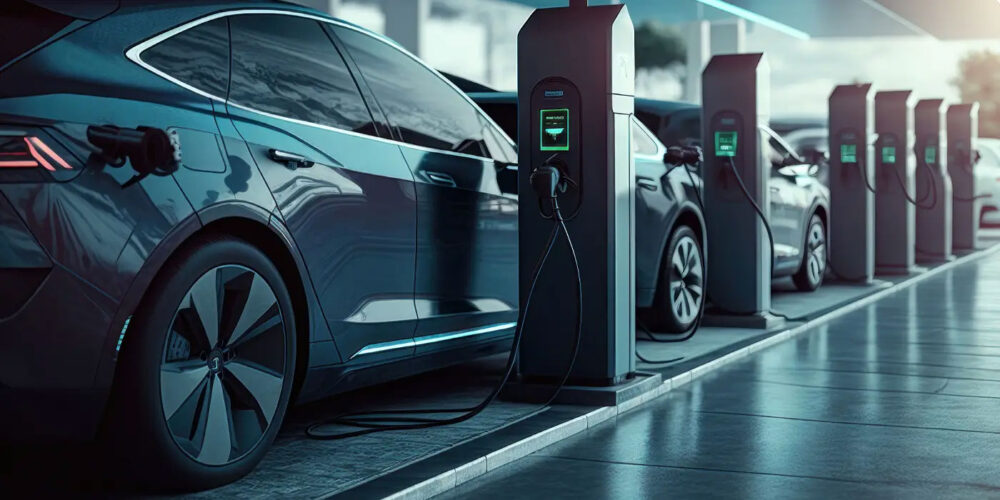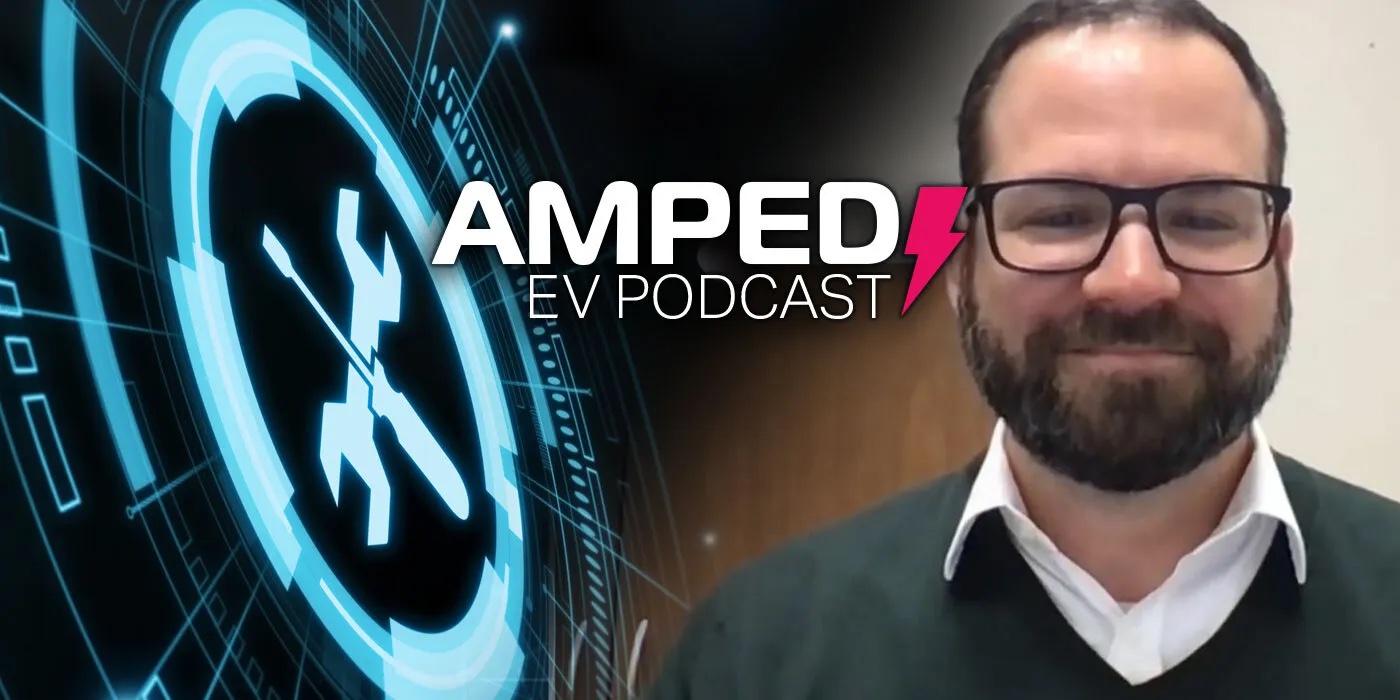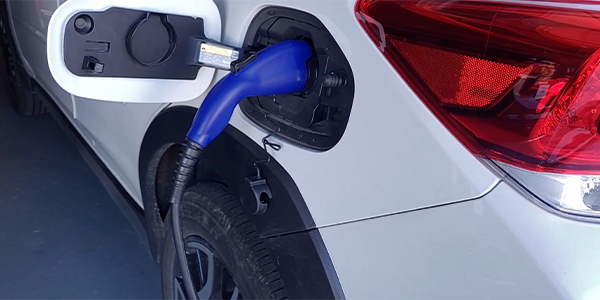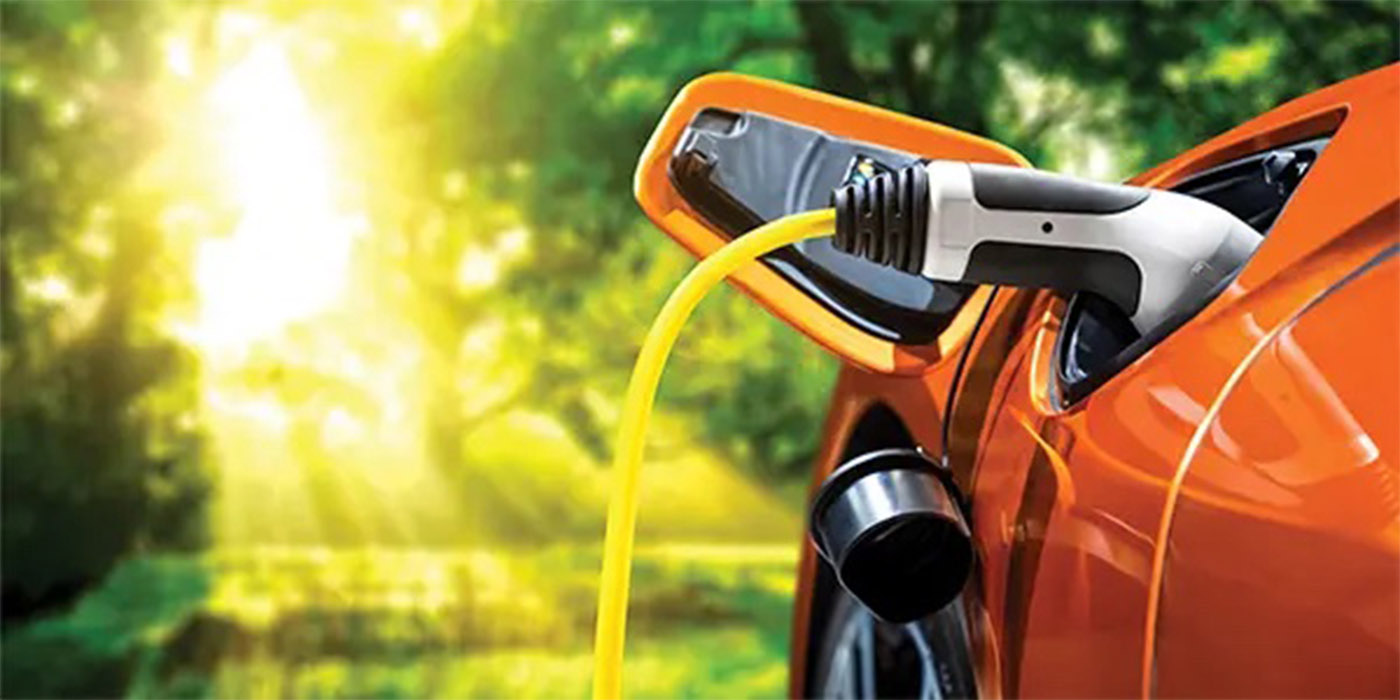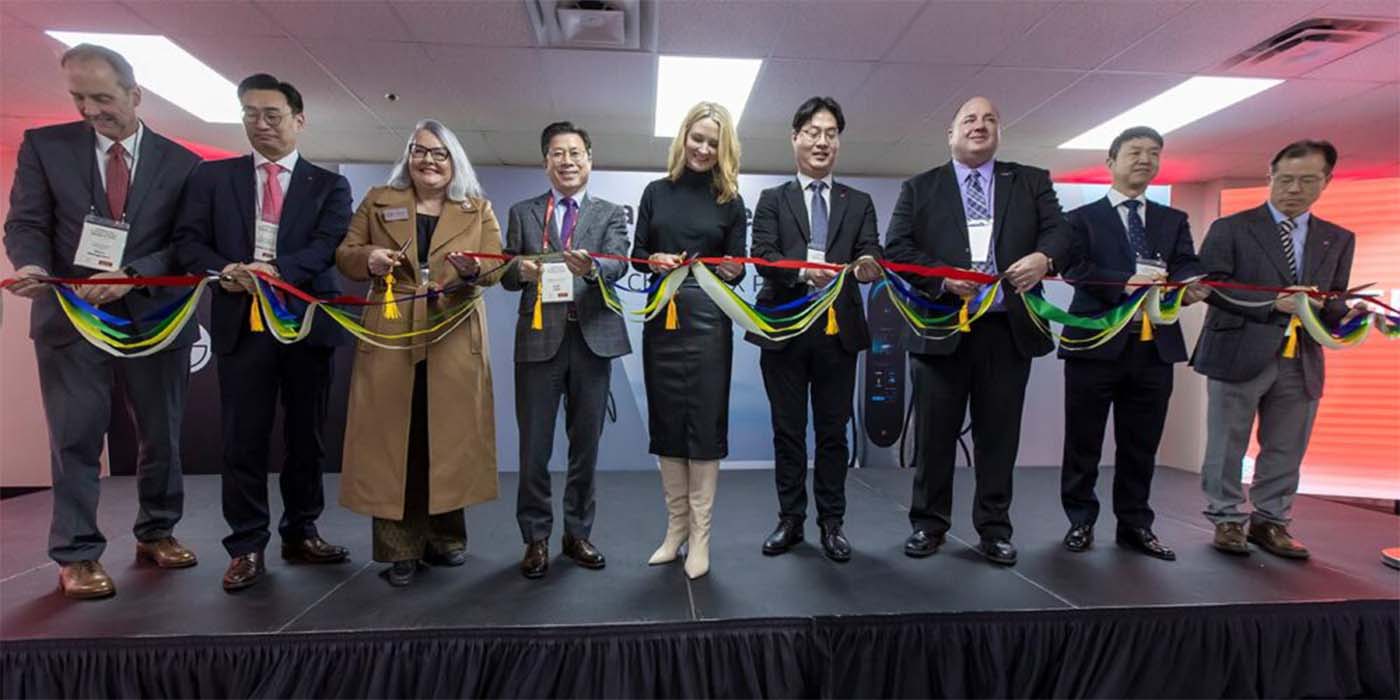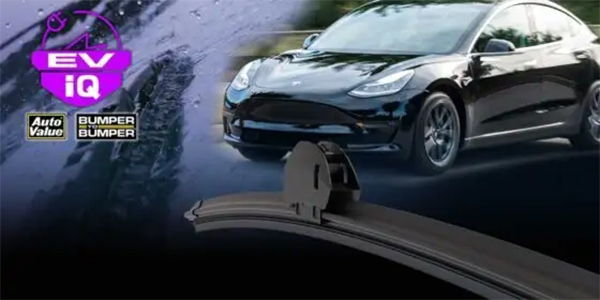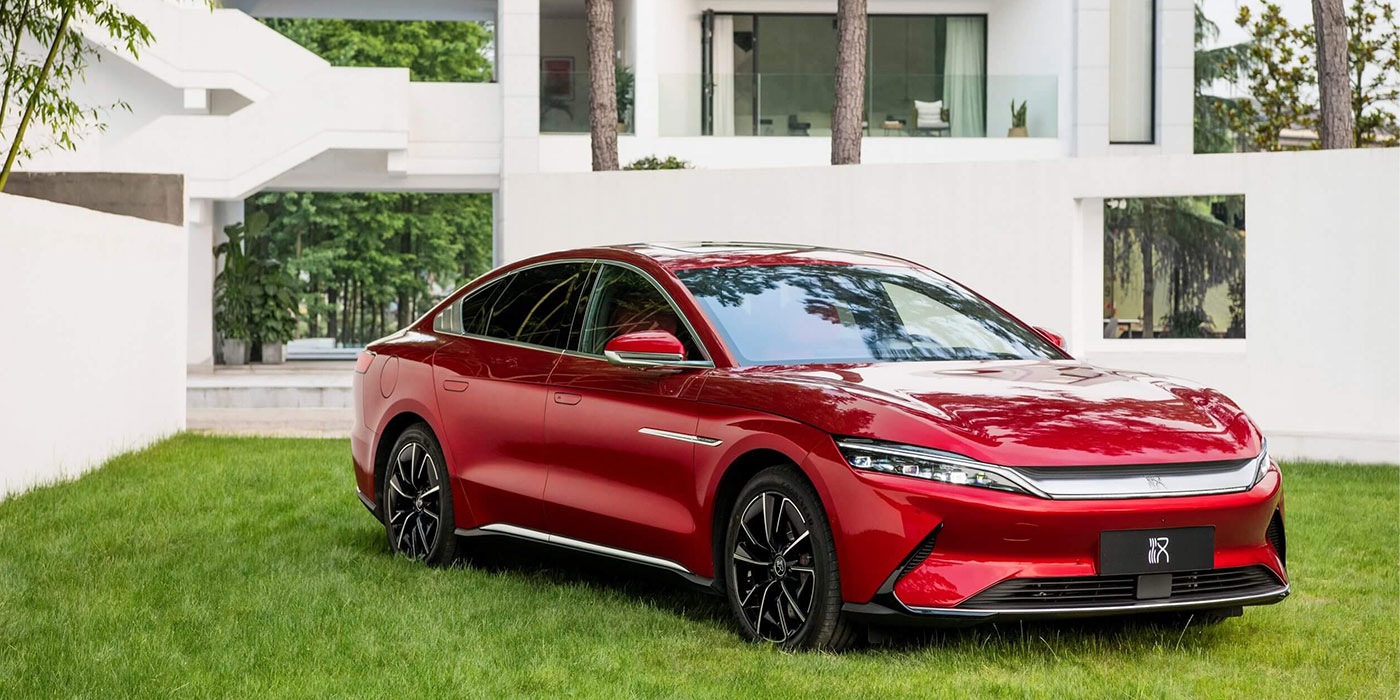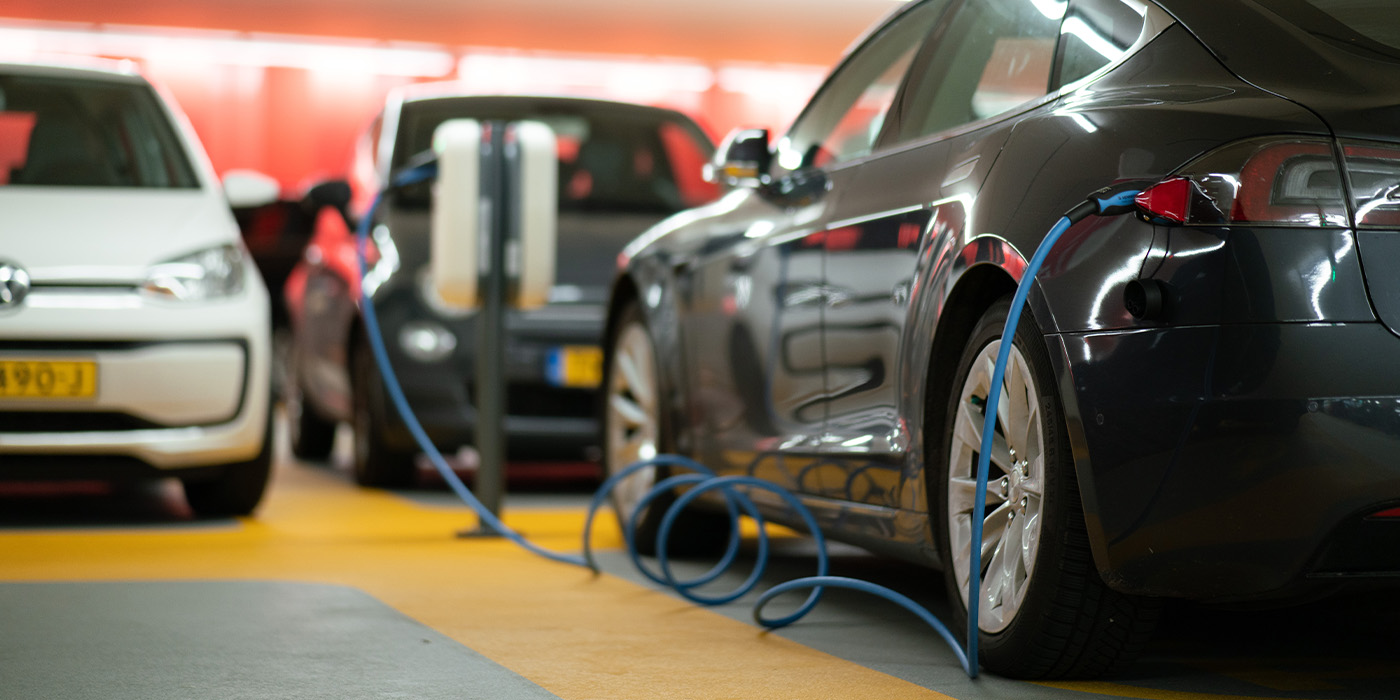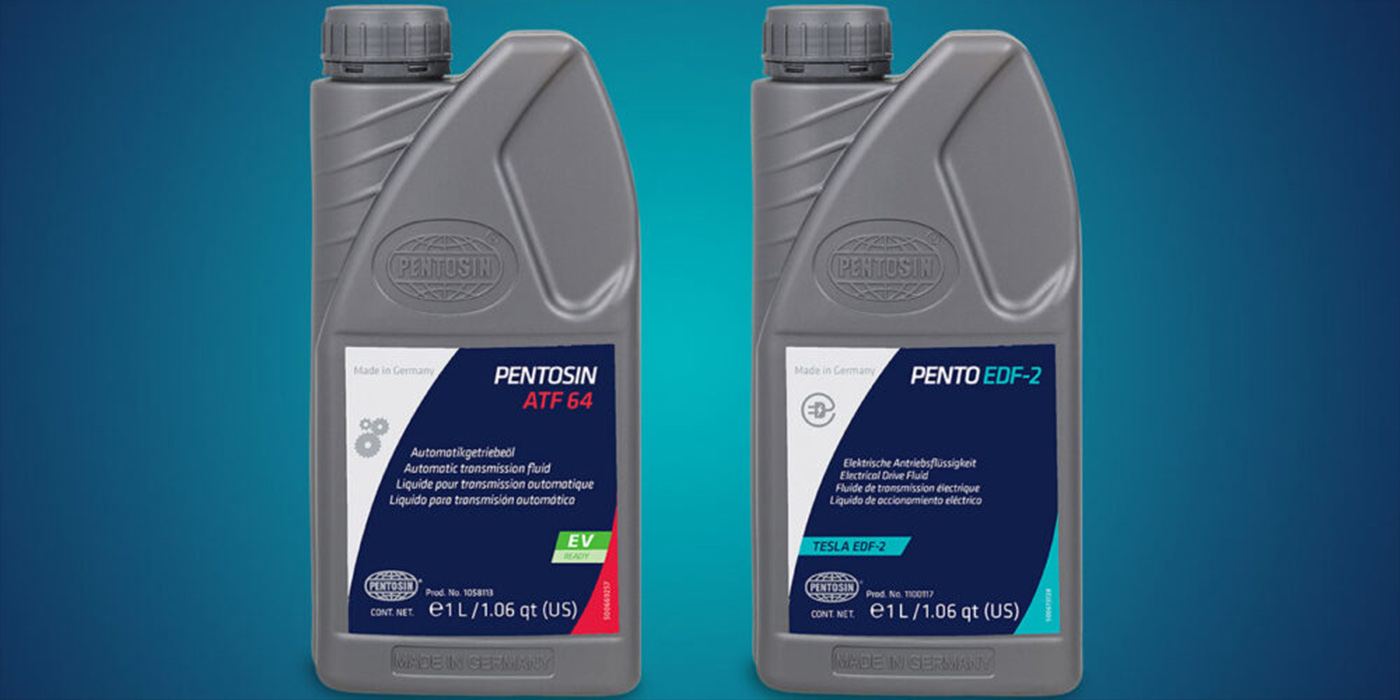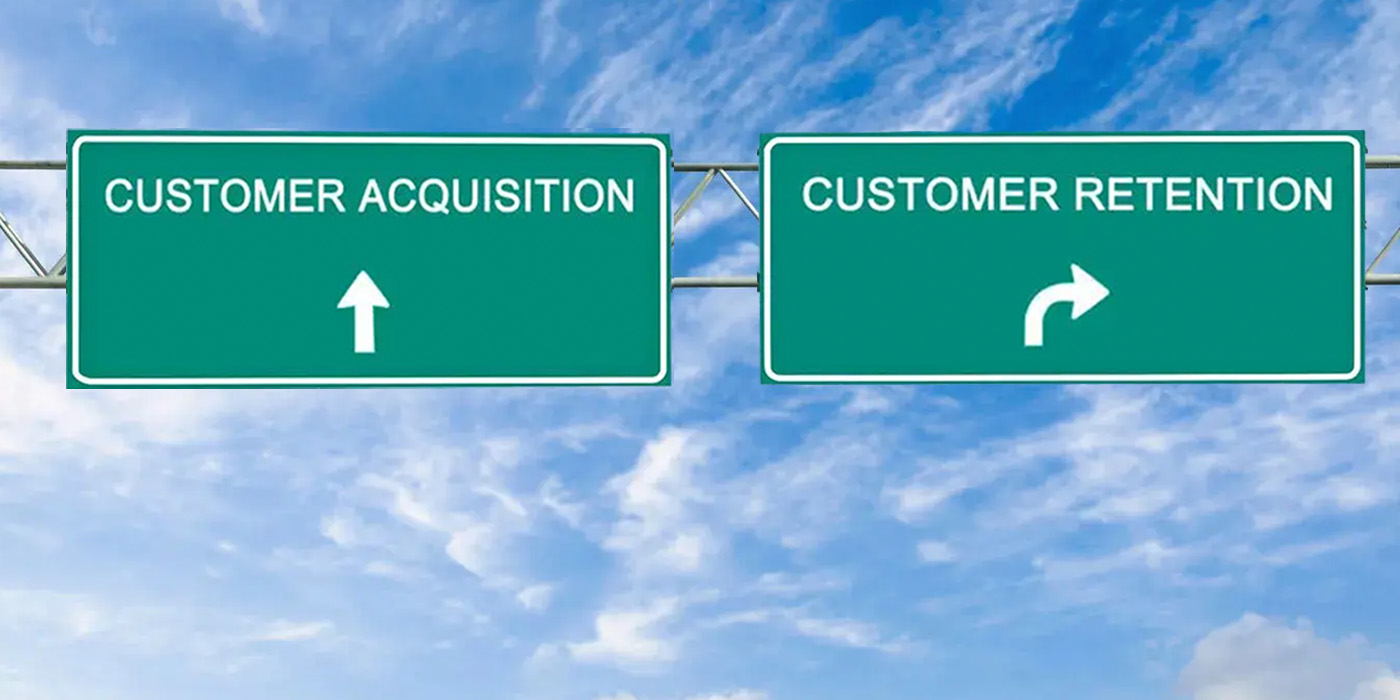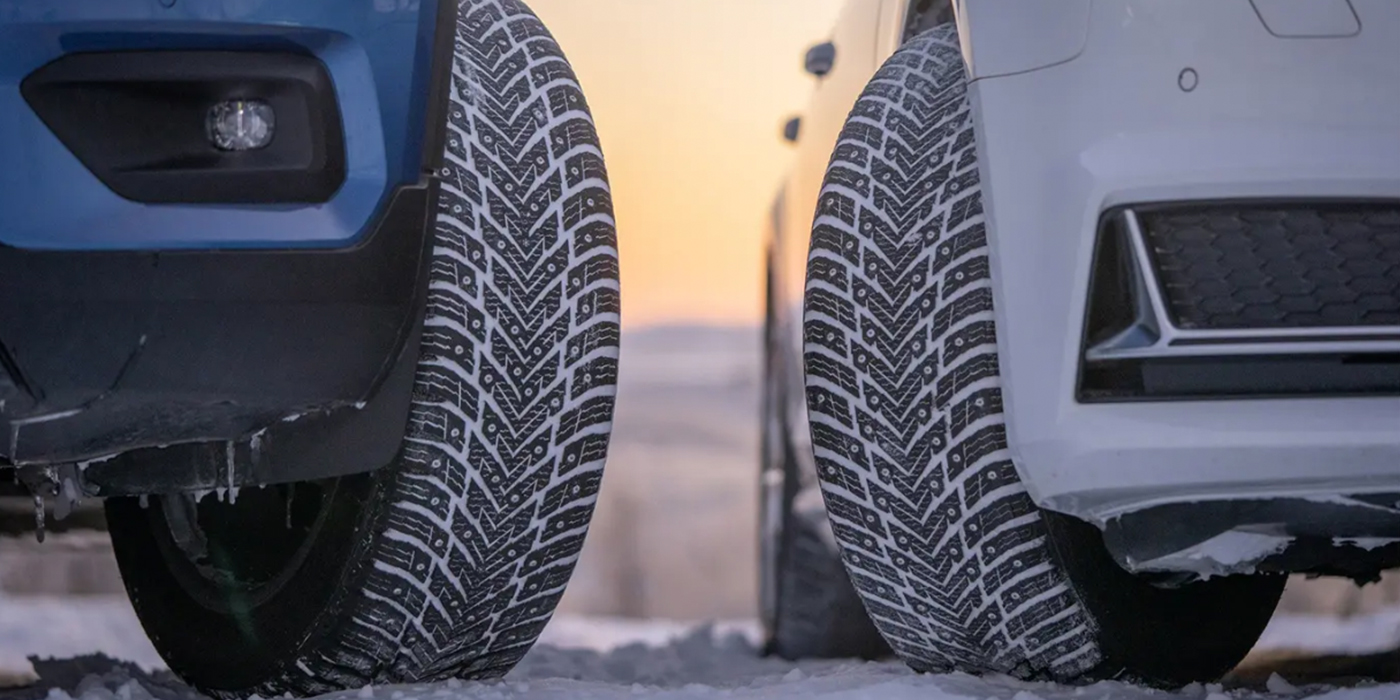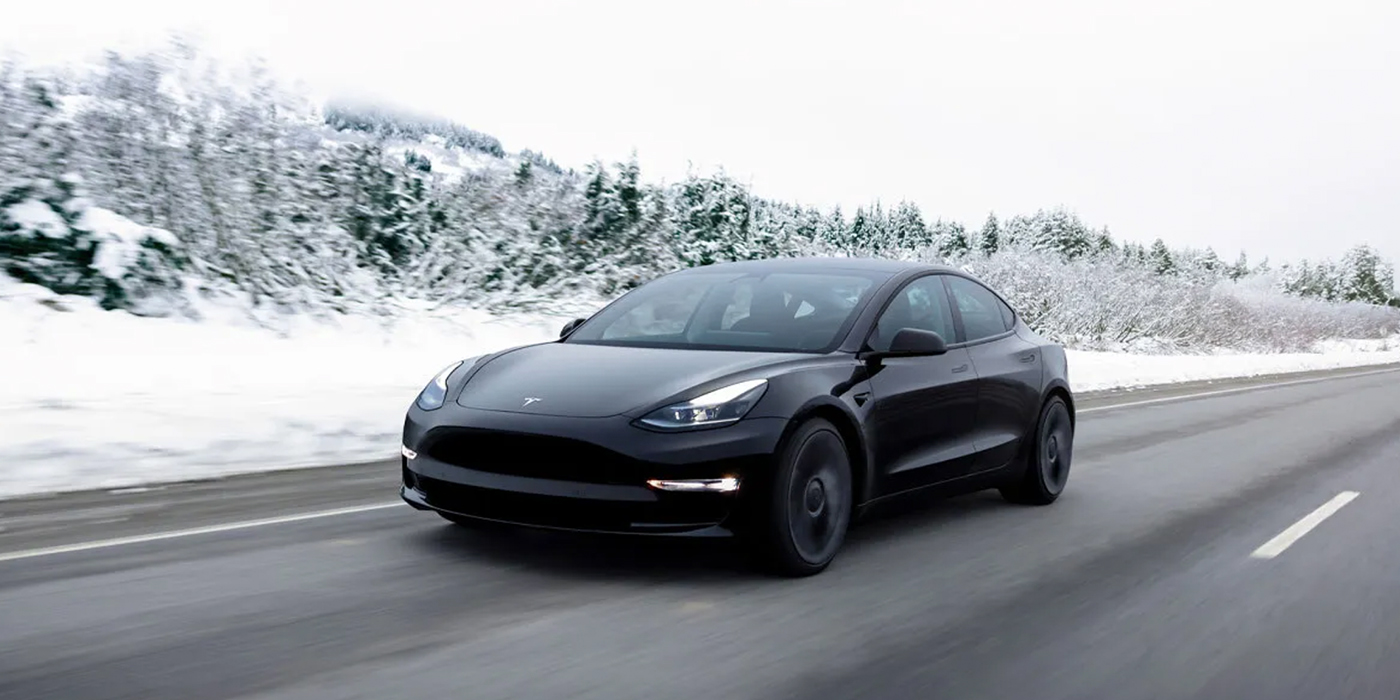According to Experian, the electric vehicle market share continues to rise sharply, from 3.1% in 2021 to 5.6% in 2022. Dealerships sold five times as many electric vehicles last year as in 2020, said the National Automobile Dealers Association, citing Wards Intelligence data. Current year sales are expected to increase as well.
All this should encourage auto retailers to ask, “How do we handle used EVs?”
We recently completed a study into reconditioning practices for EVs. Beyond discussing EV battery disposal, we learned there has been little formal initiative to determine how used EVs will affect automotive retailers. Here are the key conclusions from our research:
- Whether to replace the battery pack will be the most significant EV reconditioning decision facing dealers.
- Tires will be one of the most often replaced items for EVs, while brakes should have a much longer life.
- EV propulsion systems have few moving parts and will be relatively low maintenance.
- Used EV prices are at a premium level today but will drop significantly as new models enter the market.
- Government incentives will create two classes of used EVs over $25,000 and below $21,000.
- Those above $25,000 will likely present an opportunity to profit on lower mileage used EVs; those below $21,000 are likely to be recycled as soon as the original battery pack needs to be replaced.
Benchmarks
As for reconditioning, whatever the propulsion system, two foundational truths must be core to understanding key performance metrics, Days in Recon (ADR) and Time to Line (T2L). ICE performance history provides valuable experience for benchmarking EV recon best practices.
Reconditioning questions to consider:
- How can dealers overcome the current tech shortage to train qualified EV technicians?
- How will the battery pack and its life expectancy impact used EV values, used EV scrappage and dealer reconditioning efforts?
- Will EV tires and brakes have shorter than expected life spans because of battery weight?
- Will used EVs remain a premium product, or will prices begin to drop?
- How will government incentives impact used EV pricing?
- What are consumer expectations for transparency related to used EVs, and how can reconditioning software help?
Our soon-to-be-released report, Used EV Reconditioning Implications for Auto Dealers, discusses technicians, battery life, tire wear and tear, regenerative braking, and reduced parts.
Transparency
A significant learning curve will be necessary for many consumers to understand the range and charging issues and differentiate EVs from ICE vehicles. This mystery will only heighten as EVs come back as used vehicles.
Fortunately, modern vehicle reconditioning platforms today enable dealerships to capture reconditioning materials lists and costs for the makes, models and years it reconditions. This data, when captured and reported to the sales and used vehicle directors, present them with additional compelling information for their pricing strategies and to educate customers and build trust in the used EVs they may consider buying from the dealership:
- Knowing typical reconditioning costs by vehicle enables used car managers to accurately calculate forward-facing reconditioning investments on these vehicles.
- Presenting to consumers details on critical reconditioning investments the dealer has built into the asking price helps build value in the vehicle for the performance, safety and visual appeal the reconditioning adds to the car’s market appeal and value.
- Trust is established when dealer transparency is forthcoming — and trust is pivotal to the purchase.
By 2025, over 100 EV models are expected to be on the market and available to U.S. customers, according to EV website Electrek.com. How these vehicles hold their resale value will be essential for automotive retailers. Specifically, about EV reconditioning and remarketing: How much to invest in any used EV?
This article comes courtesy of our friends from Auto Success and was contributed by Dennis McGinn.

